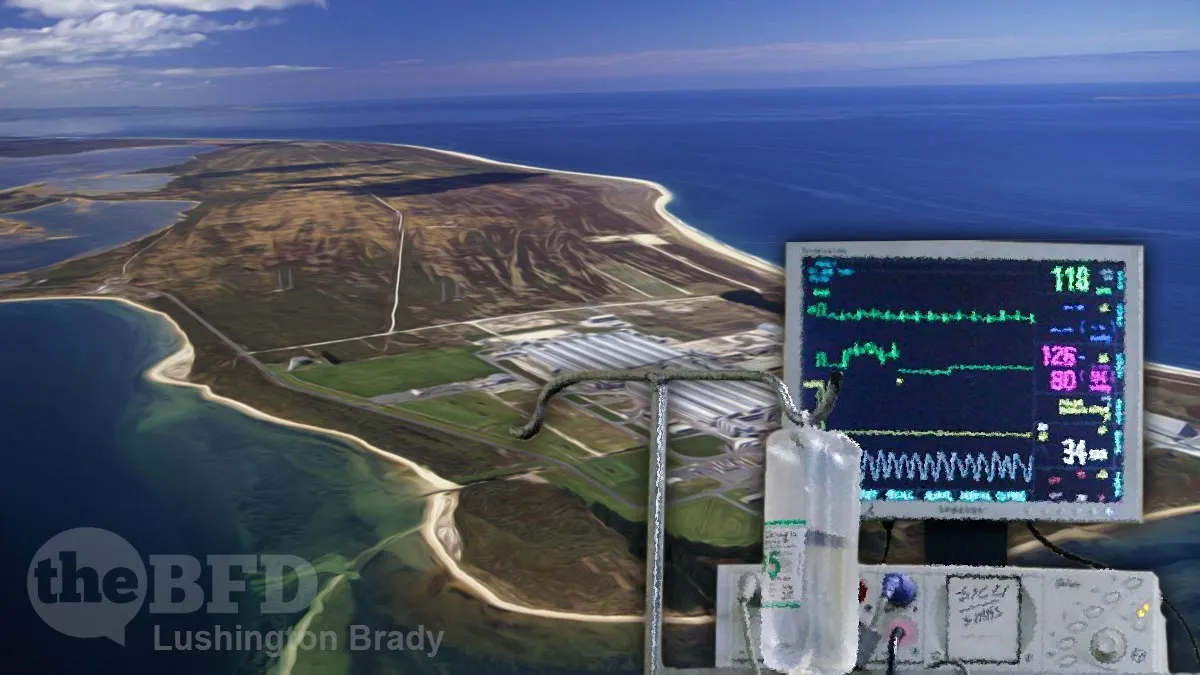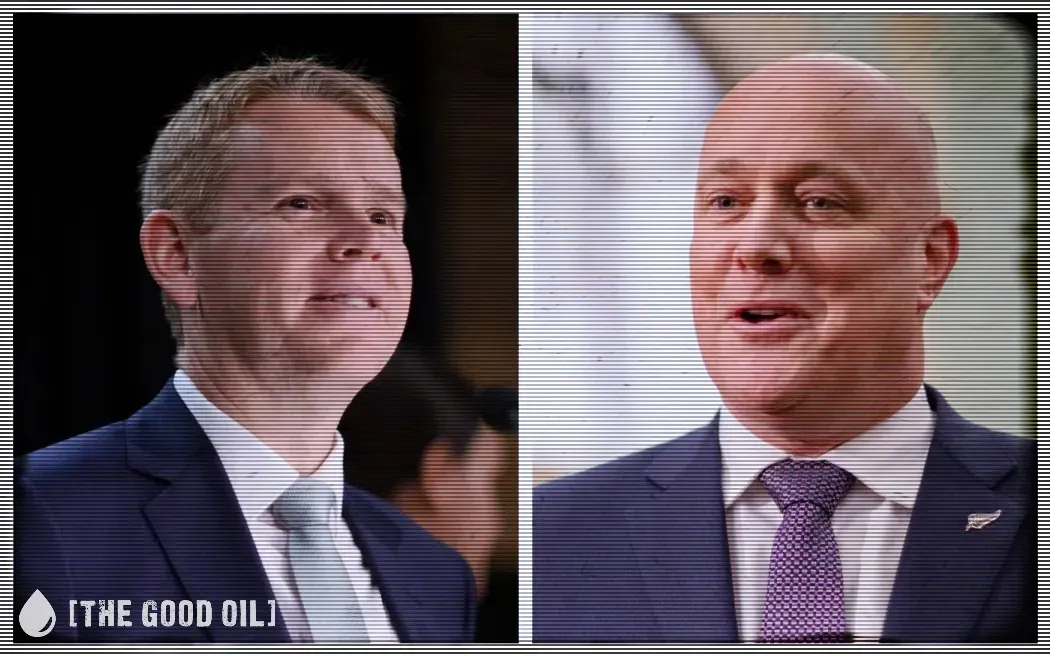For a government which has been running around, Chicken Little-style, clucking about a supposed “climate emergency”, the Ardern government seems strangely reluctant to do its bit to stop the sky falling in. Besides exempting agriculture – one of New Zealand’s biggest sources of those scary, scary greenhouse emissions – from emissions targets, Labour also seems strangely determined to keep emissions-intensive aluminium smelting alive.

Rio Tinto has backtracked on plans to close down its New Zealand aluminium smelter in August, after forcing Meridian Energy to the table to negotiate a new power deal and keep the smelter alive until December 2024.
Jacinda Ardern, looking down the barrel of a tough re-election fight pre-COVID, promised last September to keep Tiwai Point open for another three to five years, apparently in the hope of mollifying Southland voters worried about its economic impact.
COVID would seem to have changed many things, especially the pre-election political landscape. The “COVID Queen” exploited the Wuhan plague with admirable adroitness and romped home. Still, Ardern is sticking to her promise and is keeping the greenhouse-gas-spewing smelter on life support by selling them more subsidised electricity.
Rio announced the closure of the Tiwai Point smelter in July 2020, triggering exit clauses in its New Zealand power contract — which still had another decade to run — and saying the facility would close by August because the company had not been able to secure the “power price reduction” needed to keep the smelter running.
But Rio said on Thursday it had backtracked on that decision after Meridian offered terms that would make the smelter “economically viable and competitive over the next four years”.
Costs at Tiwai Point could fall further if Rio wins additional concessions from the NZ government, which had promised to review transmission charges that were the centre of Rio’s original decision to review the future of the smelter.
Aw, why the hell not? It’s not like the government can’t just print more money anyway – it’s Modern Monetary Theory!
The agreement will save the jobs of about 1000 New Zealand workers, but Aluminium Council of Australia executive director Marghanita Johnson said the power deal that allowed Rio to keep Tiwai Point running would not necessarily be replicated for under-threat smelters in Australia[…]
Rio has also said its Australian smelters — at Gladstone in Queensland, Tomago in NSW and Bell Bay in Tasmania — are under threat from high power prices.
The Australian
Thanks to the same brand of green zealotry which gloated over the threatened closure of Tiwai Point, Australia’s power prices, once among the cheapest in the world, have soared. Renewables-mad South Australia has some of the most expensive electricity in the world.
New Zealand, with its abundant hydro resources, doesn’t face the same price pressures, but New Zealanders might be entitled to ask why such a climate-obsessed government is bending over so far backwards to keep an emissions-intensive industry alive.
Or maybe – just maybe – Jacinda Ardern doesn’t really believe her own “climate emergency” rhetoric?


Please share this article so that others can discover The BFD









